Many innovations, including design and vehicle layout mark the 20th century. These changes increased a vehicle’s aesthetic appeal while enhancing its aerodynamics and performance. These revolutionary designs have significantly impacted the automotive industry, influencing future designs and acting as a blueprint for future cars. Here are the 9 most iconic 20th-century cars and their impact on automotive design.
Ford Model T
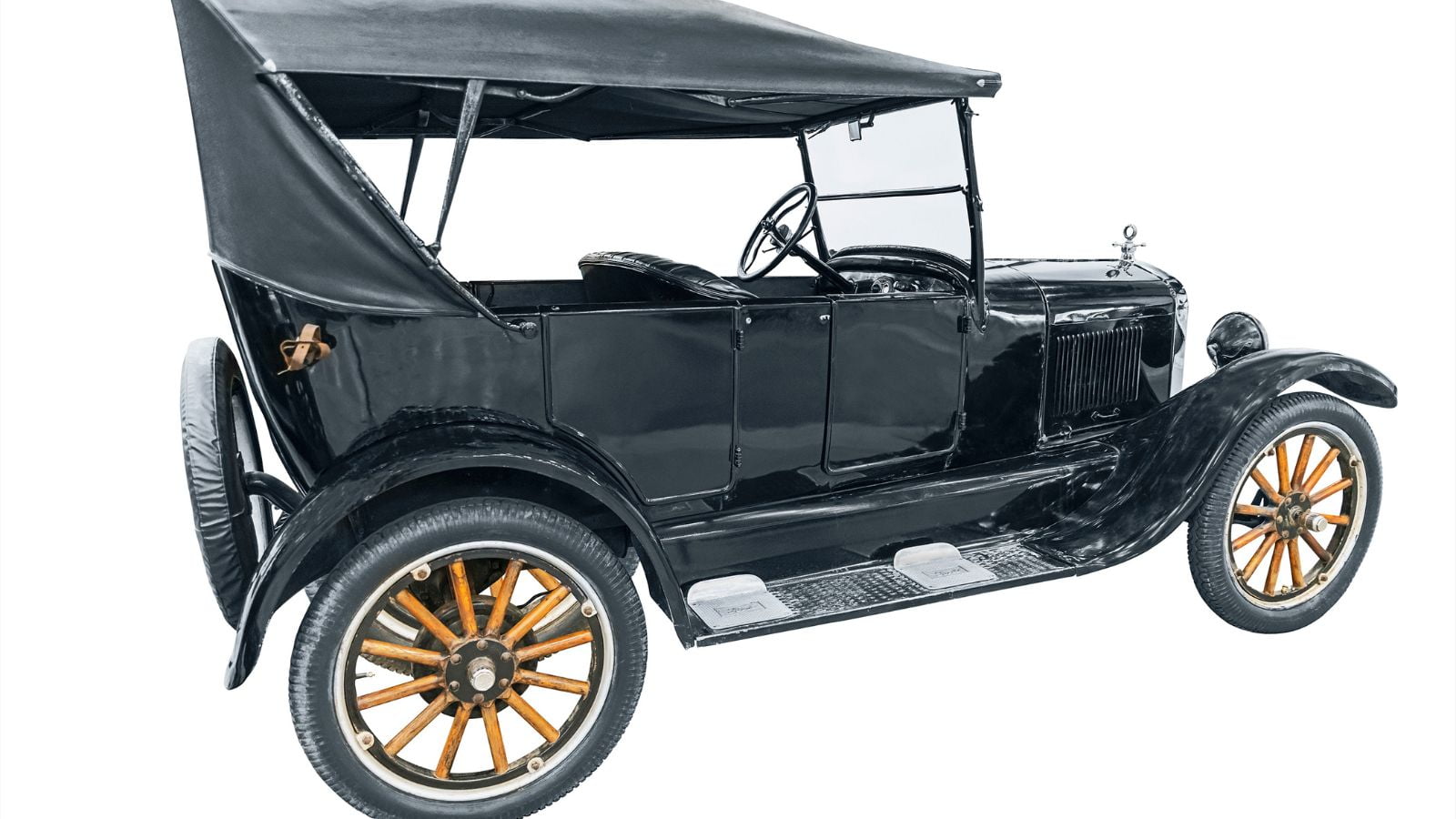
The design of the Ford Model T is credited to Henry Ford, Charles Harold Wills, József Galamb, and Jenő Farkas. The car was launched in 1908, becoming one of the earliest vehicles to be produced on a large scale. It began incorporating different assembly line methods, which helped lower the cost of production and made it available. The design combined a wooden frame and metal plates to create a simple, bodiless stagecoach without a top cover. The Ford Model T’s minimalist yet practical approach laid the bedrock for future designs.
Mercedes – Benz 300SL
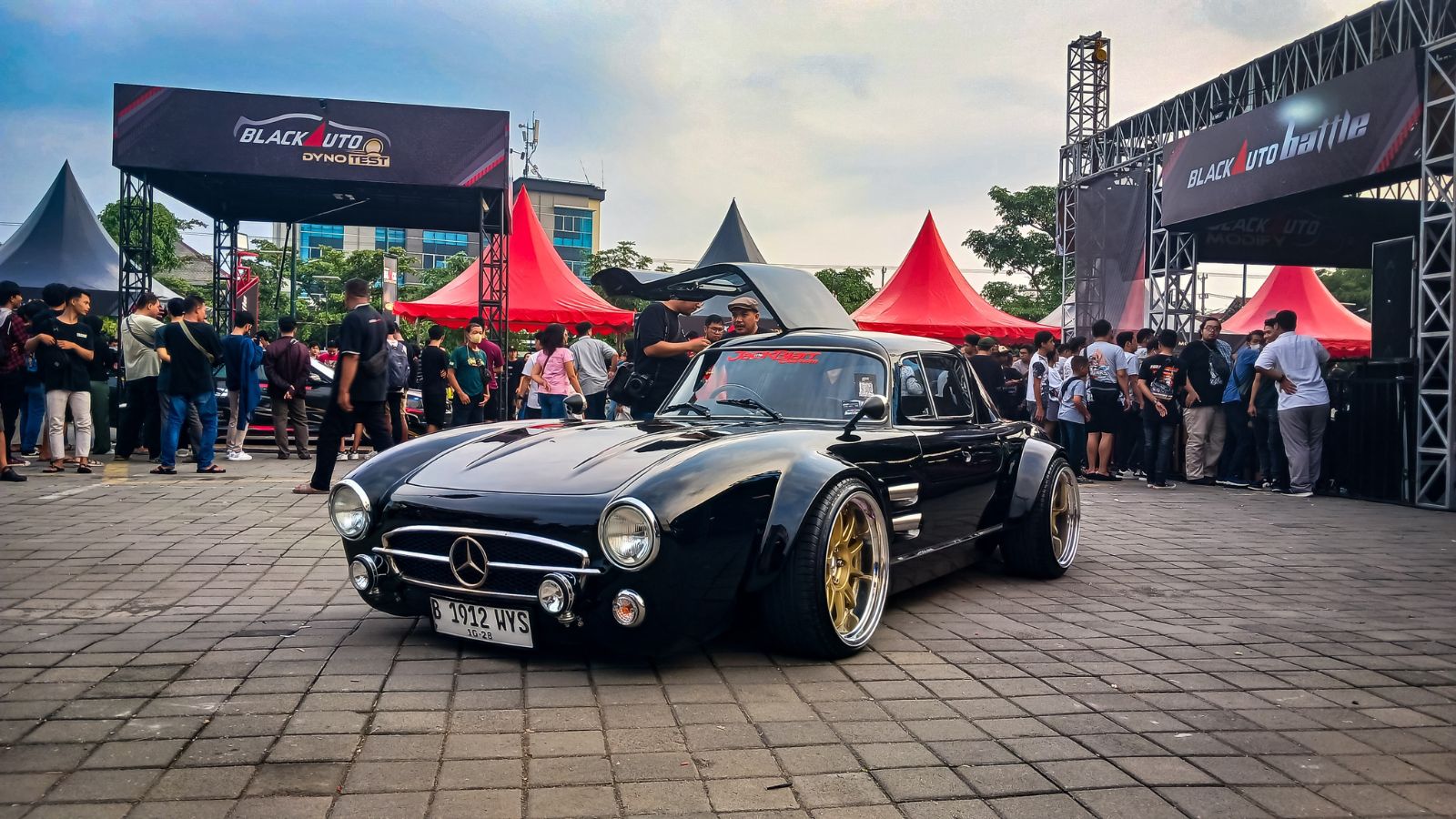
Produced in 1952, the Mercedes-Benz 300SL initiated a new wave of automobile design powered by high performance and aesthetics with its notable gullwing door design. Besides adding to the automobile’s architectural impressiveness, the opening gullwing doors blended with its aerodynamics. The automobile embodied engineering perfection, becoming the symbol of class and luxury.
Volkswagen Beetle
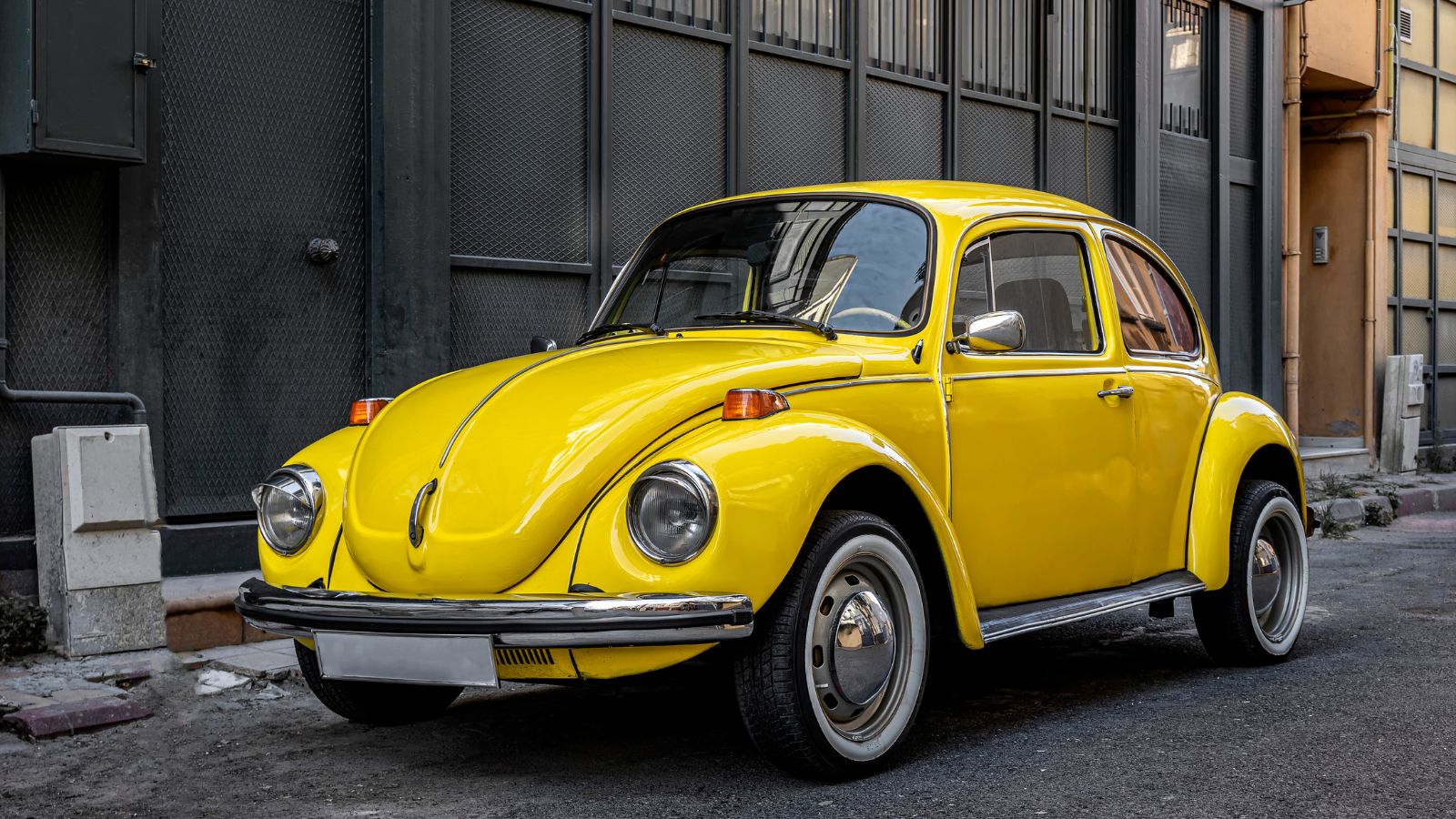
Styled in the 1930s based on a concept put forward by Ferdinand Porsche, the Volkswagen Beetle became synonymous with reliability, robustness, and affordability. The iconic round front-end and rear-engine structure gave the car an impressive fuel economy, especially in urban settings. This car is now remembered as a true legend, a cult classic, and an actual ‘people’s car.’ While the round boxy shape may not be popular now, its design has inspired many compact cars.
Chevrolet Corvette
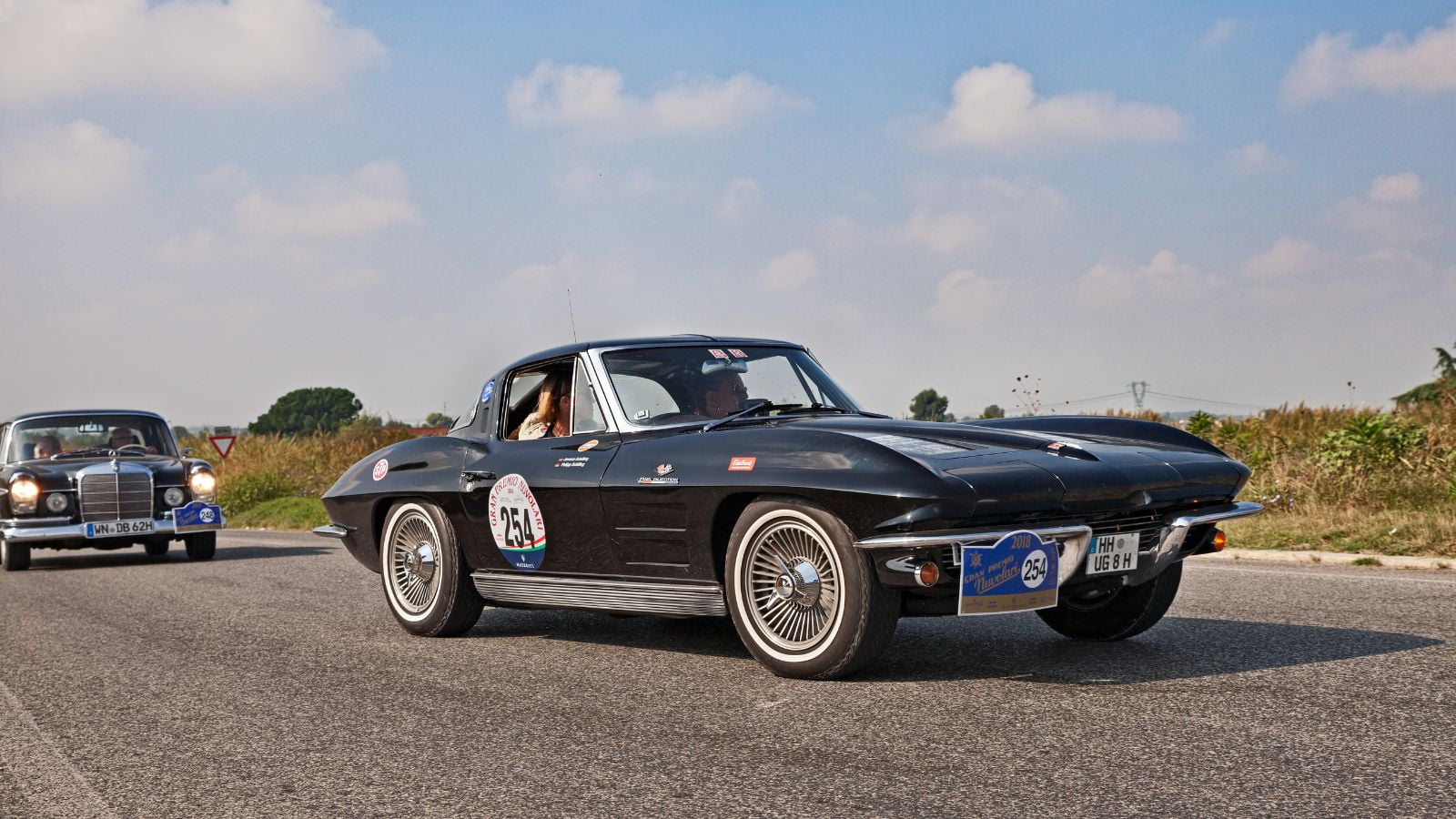
In 1953, the Chevrolet Corvette’s concept of using fiberglass changed the designs of numerous vehicles. Previously, steel was primarily used, but now, the car has remained lightweight, which has enhanced its performance in terms of speed. Ensuring that a certain amount of weight was removed from the vehicle significantly improved its acceleration. The sleek, modern body shape, often more celebrated than the car itself, became every car buff’s dream come true. This shift in sports car design toward including fiber-reinforced plastic paved the way for future designs.
Mini Cooper
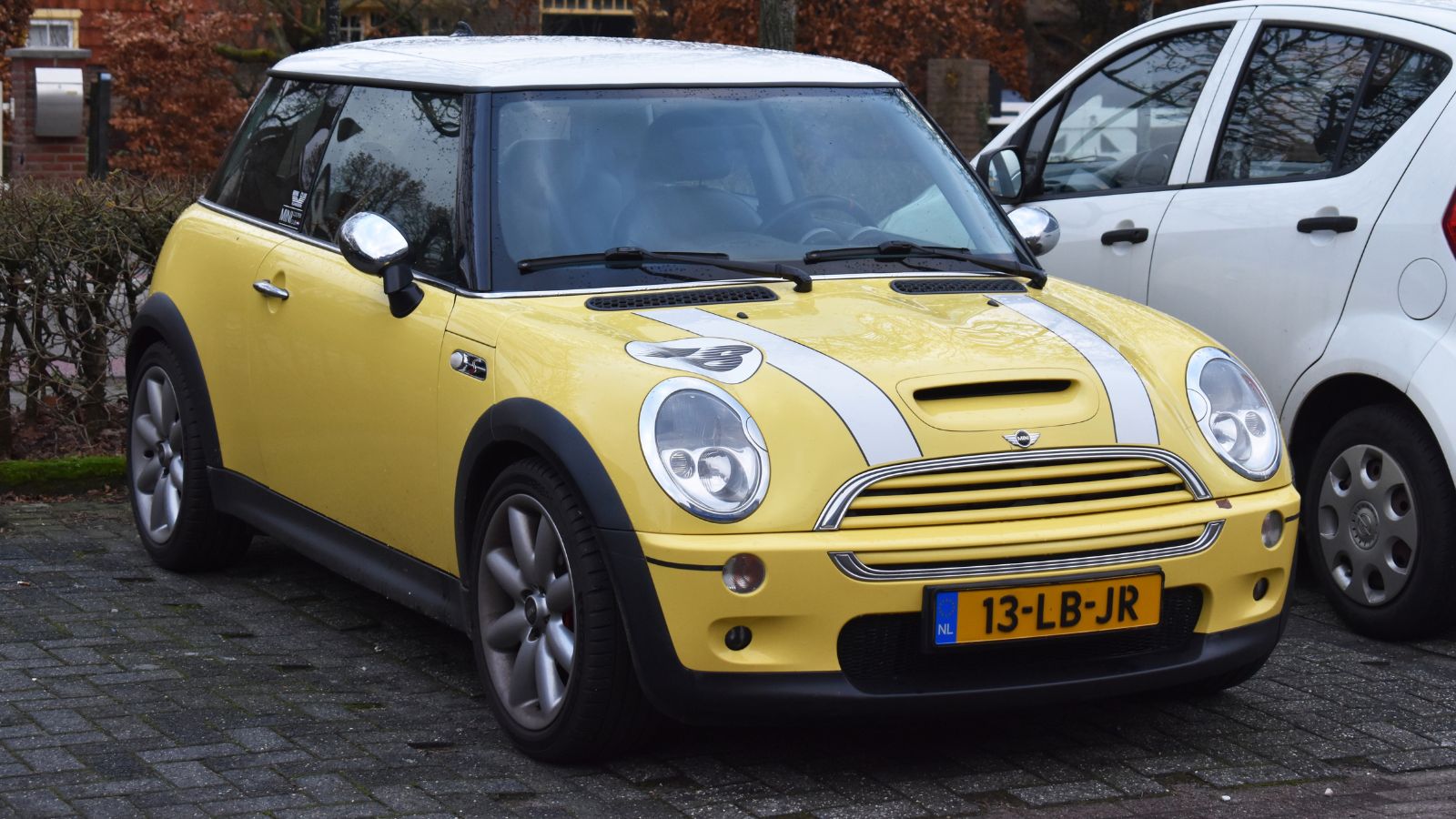
Compact cars were introduced to the world with the Mini Cooper, which debuted in 1959. The classic British car had a small, transverse engine layout and spacious inner cabin. Due to its tiny proportions, the Mini excelled in city traffic and succeeded in track racing, garnering high praise worldwide. This winning strategy helped the Mini popularise the compact trends that achieved great success.
Citroen Traction Avant

Launched in 1934, the Citroën Traction Avant was one of the earliest cars in the mass production segment to have the innovative front wheel drive. The car also featured independent suspension and hydraulic brakes, considerably improving handling, safety, and comfort. These features, in combination with the design, changed the preconceived ideas of the automobile industry. Its marvelously crafted body and state of the art technology won the hearts of many, earning a place as a prominent design pioneer.
Porsche 356 Speedster
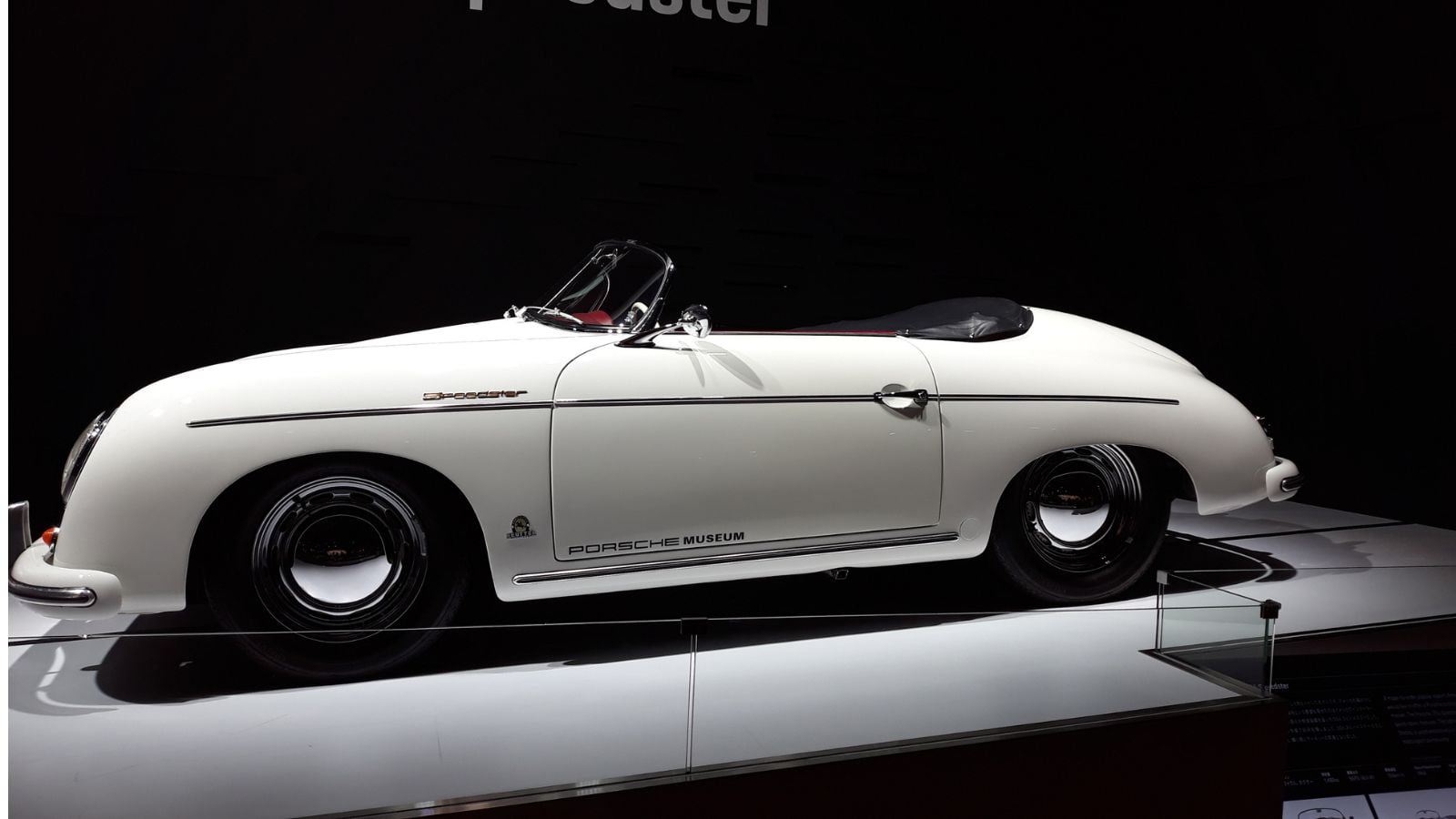
Porsche’s first vehicle, the Porsche 356, was designed by Erwin Komenda and started as a coupe. The Porsche 356 Speedster was launched in 1954 and stormed the world. The integration of open-top driving and coupe-like design was indeed revolutionary. Its layout maximized weight distribution and contact with the road, creating a smooth driving experience. While it may not have been the fastest, it soon evolved into a renowned speedster.
Lamborghini Miura

First introduced in 1966, the Lamborghini Miura is widely regarded as the first modern supercar. Its mid-engine configuration provided tremendous weight distribution. This design became a future vehicle pattern, changing sports and high-performance cars for good. The aggressive V12 engine and streamlined, lowered design made it an embodiment of speed and beauty. Created by Marcello Gandini, the Miura made a name for itself and defied the existing norms of how sports cars were conceived.
Mercedes-Benz W114
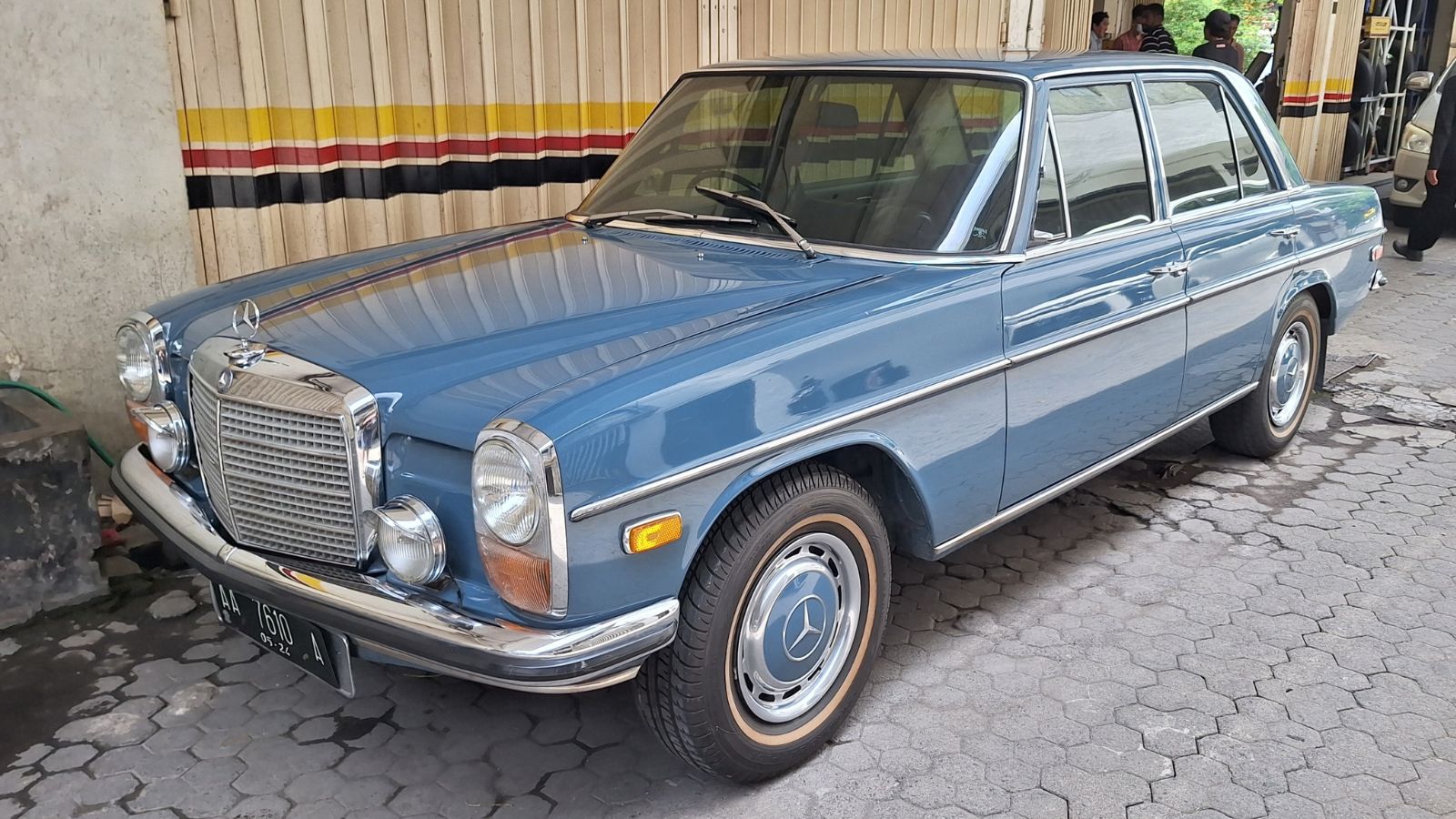
Having been in production from 1968 to 1976, the Mercedes-Benz W114 underwent a significant transformation, often called the “Strich Acht.” It was a new concept that departed from the previous designs, featuring an updated axle rear layout that enhanced handling. Moreover, the revamped interior featured a padded steering wheel with a four-hole design to boost safety and increase aesthetics.
Audi Quattro

The Audi Quattro played a major role in popularizing all-wheel drive in the 1980s, impacting the vehicle’s overall design. The improved traction and immense stability in rugged conditions proved highly beneficial. Its angular design and flared wheel arches fulfilled their purpose, leaving a memorable impact in the industry that echoes to this day.
12 Cars That Are Known for Their Unbreakable Reliability — They Just Don’t Quit

Reliability is a core feature that defines a vehicle. Over the last few decades, some vehicles have emerged as a reliable and durable option, standing out as workhorses that never quit. These vehicles not only prove themselves in terms of performance but transcend their role and become reliable partners, always fulfilling their role. Here are 12 Cars known for their unbreakable reliability.
12 Cars That Are Known for Their Unbreakable Reliability — They Just Don’t Quit